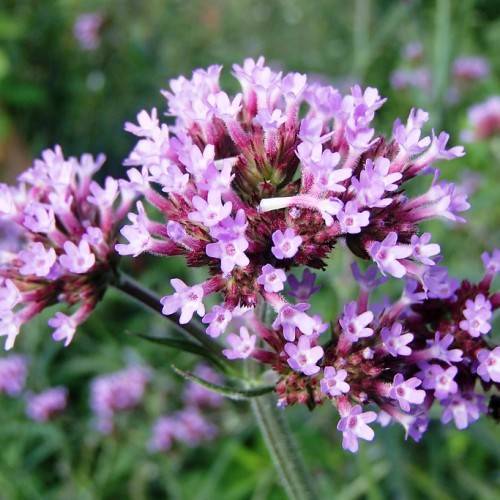
tall verbena
Verbena bonariensis
Cycle:
Herbaceous Perennial
Watering:
Average
Hardiness Zone:
7 - 11
Flowers:
Flowers In Summer
Sun:
Full sun
Fruits:
Fruits In Autumn Ready In Fall
Leaf:
Yes
Growth Rate:
High
Maintenance:
Low
Drought Tolerant:
Yes
Invasive:
Yes
Care Level:
Medium
watering
Tall verbena (Verbena bonariensis) should be watered regularly with 1 inch of water every week. Be sure to water the soil evenly around the base of the plant. It is best to water in the morning so that the foliage has a chance to dry before nightfall. It is extra important to keep this plant moist during the summer months, when it is actively growing. During winter months, water less frequently as this plant goes dormant. Be sure to keep an eye out for any signs of overwatering, such as yellowing leaves.
sunlight
Tall verbena thrive best in full sun, meaning they should receive at least 8 hours of direct sunlight per day. During the summer months, when the days are longer, they can endure up to 12 hours of sunlight. During the winter months, when the days are shorter, they should receive at least 6 hours of direct sunlight. If tall verbena do not receive sufficient sunlight, they will become leggy and may fail to produce flowers.
pruning
Tall verbena should be pruned in late winter or early spring. Pruning should keep the plant to a desired size (approximately 2-3 feet) and to remove any dead, old, or straggly stems. The plant should be cut back to just above the base so that new, healthy growth can follow. Pruning too much or too late can reduce flowering. After pruning, the remaining growth should be cleaned up and the tall verbena plants should be fed with a balanced fertilizer to help encourage new growth.
